In recent decades, the United States has witnessed remarkable recoveries in various wildlife species once teetering on the brink of extinction. Thanks to conservation efforts, legal protections, and increased awareness, these animals are now thriving in habitats where they once struggled to survive. This article explores 12 such amazing comebacks and examines what has contributed to their resurgence.
Bald Eagle

The bald eagle, an enduring symbol of America’s freedom and spirit, was once in grave danger of disappearing from the nation. By the early 1960s, their numbers had plummeted due to habitat loss, hunting, and the devastating effects of the pesticide DDT. Thanks to the banning of DDT in 1972 and the Endangered Species Act, bald eagle populations have soared back from just 417 known pairs in 1963 to over 71,000 wild individuals today. Conservationists continue to monitor and support their habitats to ensure this iconic bird remains a presence in America’s skies.
Gray Wolf
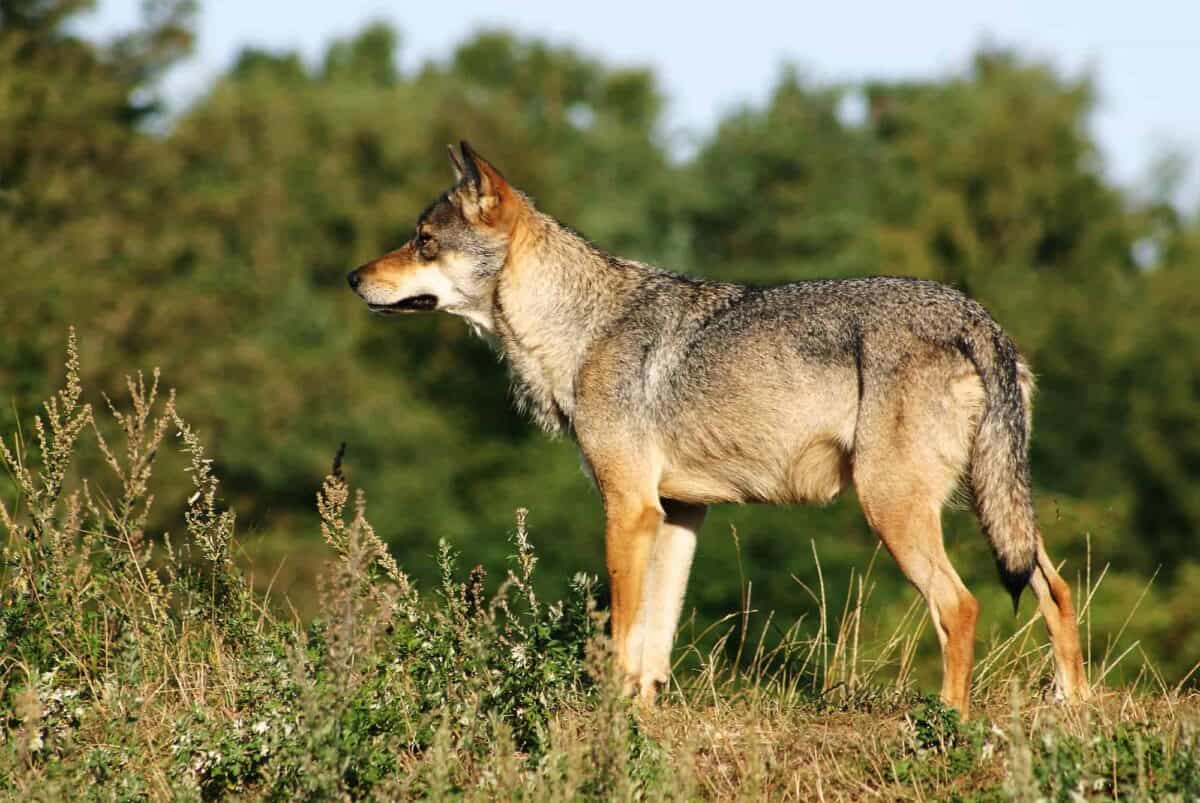
The gray wolf was nearly eradicated from the continental United States by the mid-20th century due to aggressive hunting and habitat destruction. Programs initiated in the 1990s began to reintroduce wolves to Yellowstone National Park and central Idaho. These efforts have been hugely successful, with the current population now surpassing 6,000 in various regions, including the northern Rocky Mountains and western Great Lakes. Gray wolves play an essential ecological role, helping to balance the ecosystems they inhabit.
American Alligator

The American alligator was once hunted nearly to extinction in the early 20th century. Overhunting and habitat loss, primarily in the southeastern U.S., had dramatic impacts on their numbers. Conservation laws passed in the 1960s and their listing under the Endangered Species Act in 1967 helped their numbers recover. Today, American alligators have made a successful comeback, with populations now thriving in swamps, marshes, and lakes across the southeastern United States.
California Condor

With its stark black appearance and nine-foot wingspan, the California condor once ruled the skies over western North America. However, rampant lead poisoning and hunting led to their near-extinction, with only 27 individuals left by the 1980s. A controversial yet ultimately successful captive breeding program began in the late 1980s. Today, more than 500 California condors exist, both in the wild and in captivity, highlighting a remarkable conservation triumph.
American Bison

Once roaming the Great Plains in herds numbering in the millions, the American bison faced near extinction by the late 19th century due to overhunting and habitat loss. Unyielding efforts were made to protect remaining populations through conservation and restoration initiatives. Today, over 500,000 bison graze across national parks and private lands, symbolizing the resilience and enduring spirit of North American wildlife.
Peregrine Falcon
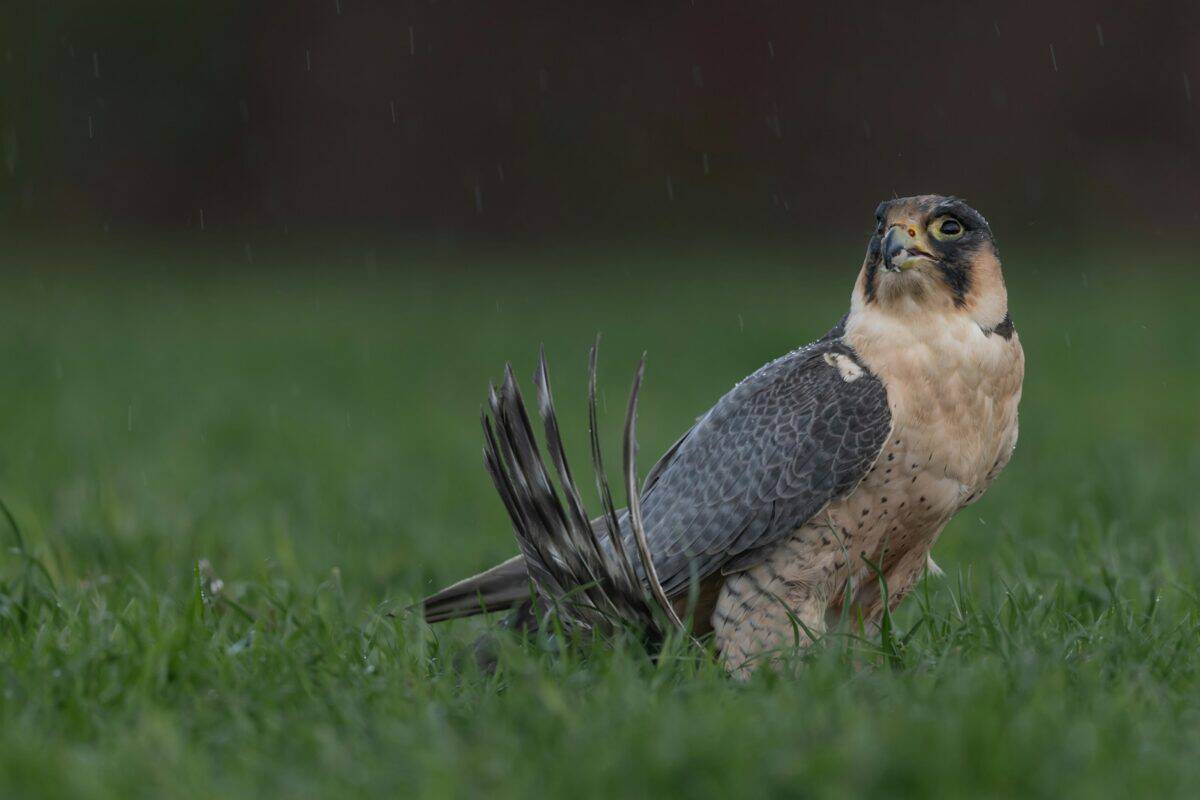
The peregrine falcon faced near extinction due to the widespread use of DDT, which caused their eggshells to thin and break. By the 1970s, there were virtually no peregrine falcons in the eastern United States. After DDT was banned and breeding programs were implemented, populations have bounced back significantly. Today, peregrine falcons are thriving in urban areas, finding nesting sites on skyscrapers and bridges that mimic their natural cliff-face homes.
Gray Whale

Gray whales were heavily hunted for their oil and baleen in the 19th and early 20th centuries, bringing them to the brink of extinction. Protections were implemented, and the cessation of commercial whaling in 1946 allowed populations to recover significantly. Today, the eastern North Pacific gray whale population is a conservation success, with numbers now estimated around 27,000, the largest since scientific monitoring began.
Sea Otter
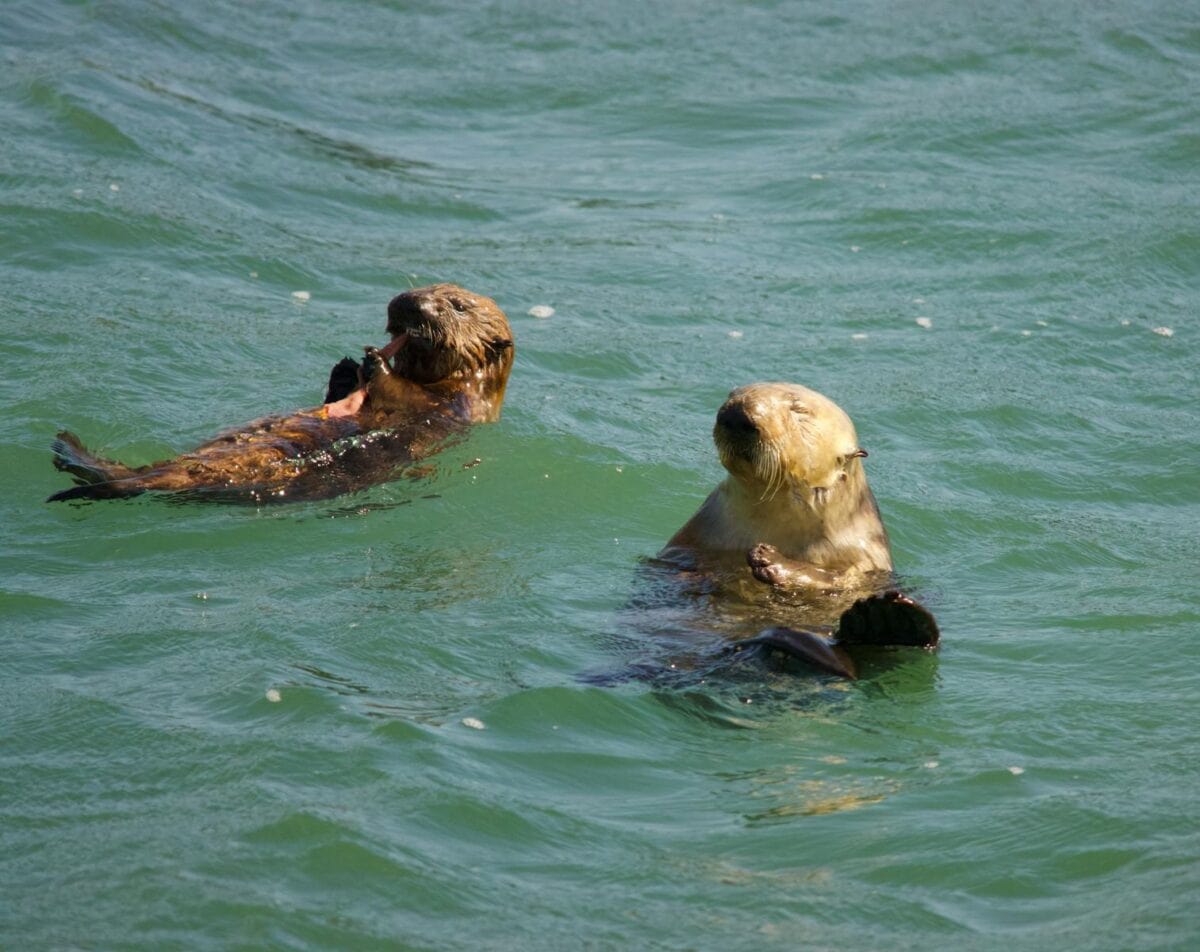
Sea otters were once nearly hunted to extinction for their luxurious pelts in the 18th and 19th centuries. Conservation efforts and legal protections including the Marine Mammal Protection Act and the Endangered Species Act have allowed populations to rebound along the coast of California and the Pacific Northwest. Sea otters are crucial to maintaining the health of kelp forest ecosystems, and their recovery is considered essential to the marine biodiversity of these regions.
Humpback Whale
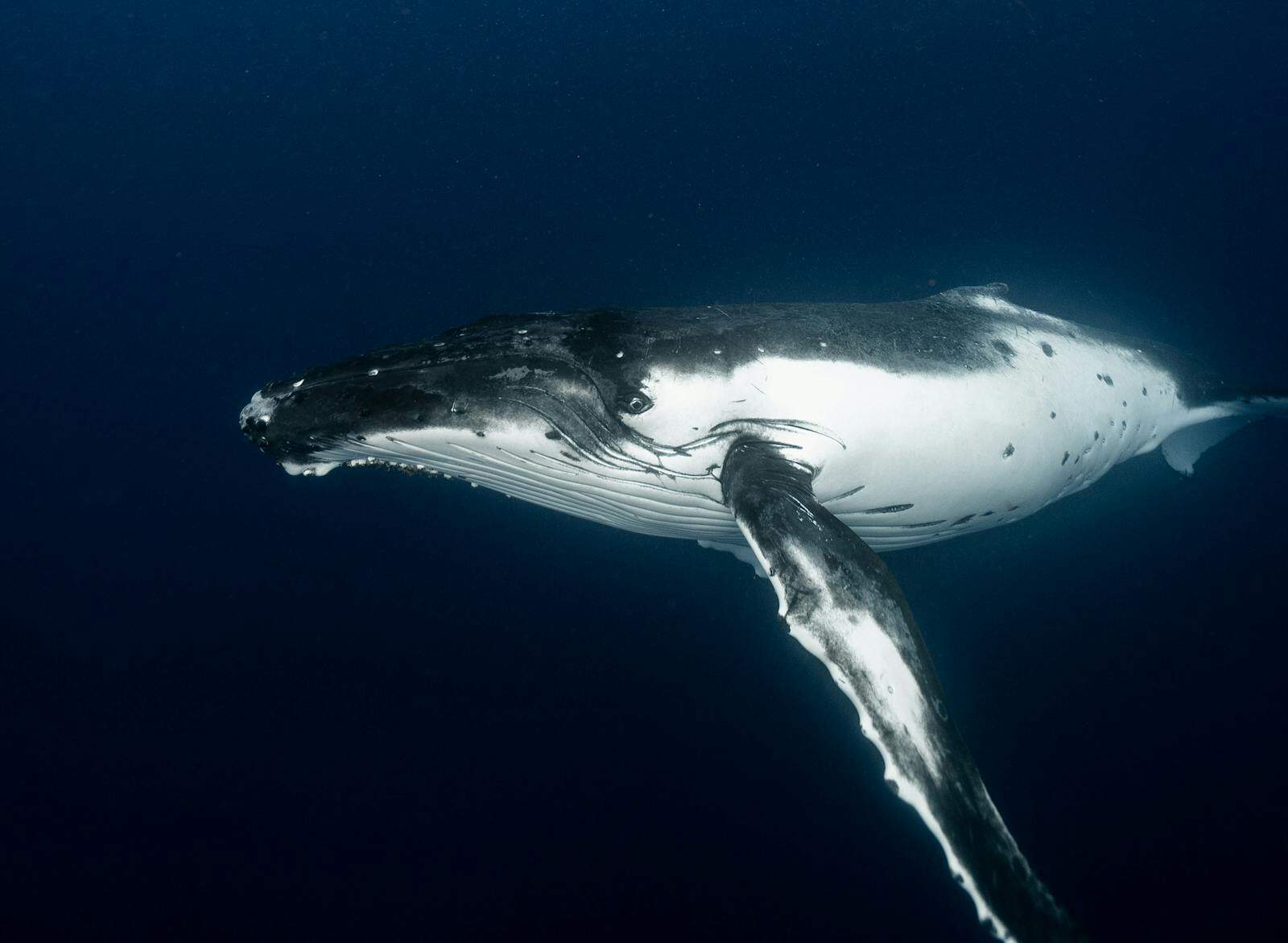
Hunted extensively for oil, meat, and baleen, the humpback whale faced significant population declines in the late 19th and early 20th centuries. The international ban on commercial whaling in 1966 has since aided their recovery. Today, humpback whales thrive in several of the world’s oceans, with an estimated population of 80,000 individuals globally. These gentle giants are a powerful testament to international conservation collaboration.
American Crocodile

The lesser-known cousin of the more common American alligator, the American crocodile was once under severe threat from habitat destruction and illegal hunting. Found primarily in southern Florida, their numbers had dwindled alarmingly by the mid-20th century. Protection under the Endangered Species Act and habitat preservation efforts have led to a recovery. Today, their population in the U.S. is stable and likely increasing.
Whooping Crane

The whooping crane, recognized by its striking white plumage, experienced dramatic population declines due to excessive hunting and habitat loss. From fewer than 20 individual cranes alive in the 1940s, their numbers have been bolstered by captive breeding and reintroduction programs. They continue to face challenges, but their recovery trajectory provides hope for other endangered avian species.
American Lobster

While not endangered in the traditional sense, the American lobster was heavily overfished in the early 20th century, leading to fears of population decline. However, new fishing regulations, improved management practices, and favorable environmental conditions have led to an unprecedented rebound in their population. Today, American lobsters are economically important and abundant in the colder Atlantic waters they call home.
Conclusion:
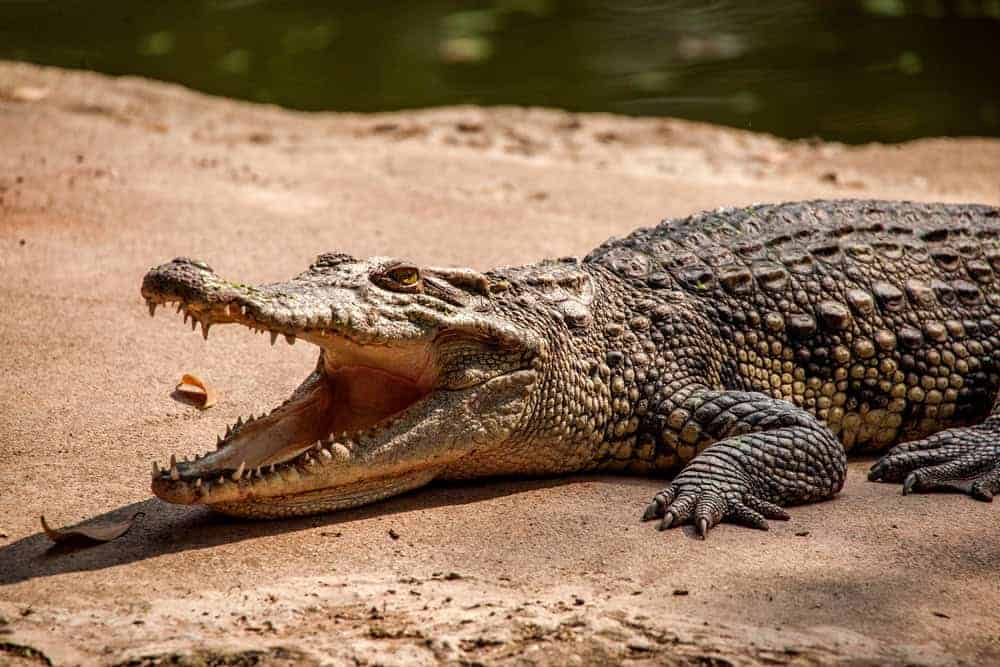
In summary, these animals highlight the resilience of nature when given a chance to recover. Concerted efforts—whether through legislative action, captive breeding, or habitat restoration—demonstrate that with dedicated conservation measures, it is possible to reverse the decline of even the most vulnerable species. These success stories offer a beacon of hope and a reminder that proactive stewardship is key to preserving our planet’s biodiversity for future generations.
- 12 Birds That Change Color Seasonally - August 25, 2025
- 12 Secrets of the Animal Kingdom You Did Not Know - August 25, 2025
- 14 Surprising Places You Can Spot Rare Birds - August 25, 2025

